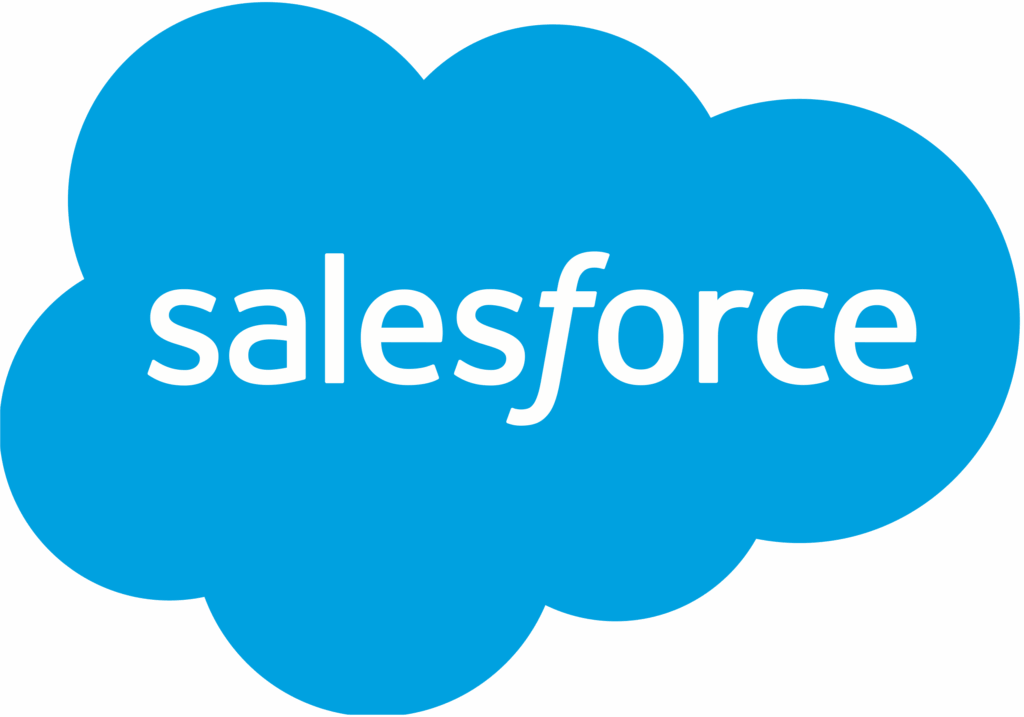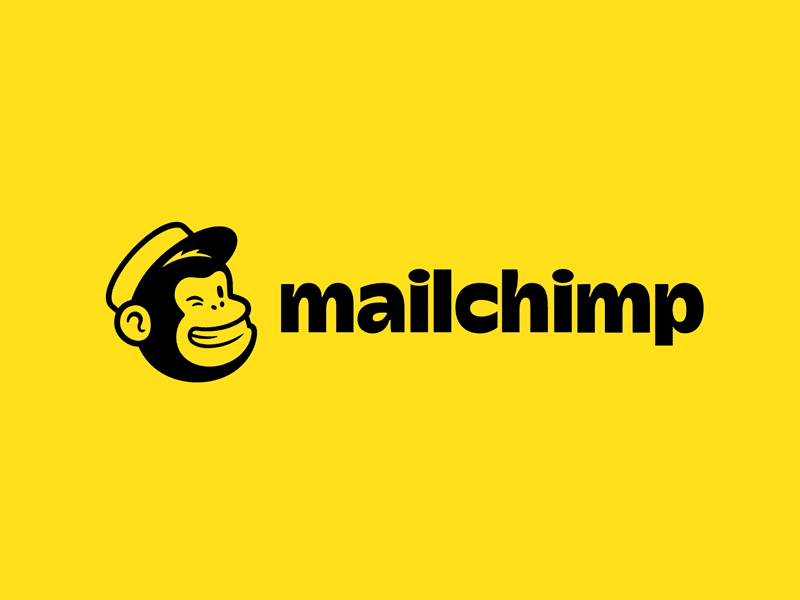One story, different platforms: How to connect with multiple target audiences

Consistency has always been an important part of branding. It helps people understand who you are and what you do. But pulling it off becomes much harder when thought leadership target audiences are spread across platforms and media channels.
You’ve probably been honing your omnichannel skills since the early days of the digital boom, but popular content marketing strategies like Create Once, Publish Everywhere (COPE) are no longer enough. Today’s audiences expect messages to be made for the platforms they use and match their personal preferences.
So personalisation is essential for capturing people’s attention, but consistency builds trust, recognition and loyalty. How can your content do both?
1. Understand your thought leadership target audience
An understanding of your target audiences preferred platforms is key. For instance, millennials (born 1981–1996) are much more likely than other generations to use Instagram. Gen Z (1997–2012) prefers TikTok. Half of UK consumers aged 45–54 say they listen to live radio daily, compared with only about 13% of Gen Z.
And in the context of building a thought leadership target audience, research from B2B International found notable generational differences in B2B buying journeys across various sectors. Millennials, who are increasingly taking up influential roles, spend much more time than previous generations doing research before making a business decision. And they’re far more likely to use social media, category-specific forums and thought leadership.
But understanding the demographic splits is only scratching the surface. Your thought leadership target audience is likely fragmenting in other ways across both traditional media and social media platforms. This means you have to gain a deep understanding of audiences’ shifting content behaviours. Forbes points out that audience research is now the leading contributor to successful content marketing campaigns.
When it comes to specific content formats, a Gartner and LinkedIn study revealed that senior decision-makers most value thought leadership that’s both authoritative and provocative but also human in tone. And they prefer short, quickly consumed content to long-form deep dives, and readable materials to audio and video.
Younger, digital-native audiences are likely to bring personal content habits into their professional lives. So to grab their attention you’ll need to create content that mirrors their consumption style, whether through snappy videos, interactive features or short-form podcasts.
2. Connect your storytelling
To sustain a consistent brand identity while you adapt to each audience and platform, think about connecting your storytelling.
This starts with a core brand narrative. Then, work out some distinct, strategic themes that you can map to your audiences, channels and formats. As long as you create every piece of content with this in mind and give it a clear purpose, fragmentation won’t affect you. Instead, this approach allows you to create rich, personalised experiences that deepen engagement and strengthen loyalty.

A good example is Salesforce, which has positioned itself as a thought leader in agentic AI through its research, blog content and relevant news articles. The software brand shares the same message on TikTok, where it leans into the scrappy, homemade nature of the platform’s top-performing content. On LinkedIn, it focuses on short, easily digestible snippets of insight that we can apply to our working lives. And on YouTube, its content is explanatory and tactical, to help us learn new skills (while using more of Salesforce’s products).

Email marketing platform MailChimp takes a less sales-focused approach. Popular among small businesses, the brand positions most of its thought leadership around the creative and cultural aspects of entrepreneurship by sponsoring and producing podcasts and miniseries. This helps turn its core brand story of helping small businesses into a richer, cross-platform narrative that connects with audiences in a more impactful way.
How to tell a strong story
Are you ready to make your thought leadership work harder?
To truly cut through the noise, your content needs to do more than inform. It must connect, resonate and stick. Here are five evidence-based ways to elevate your storytelling and maximise impact across every platform.
Active learning techniques
Give your audience a role in the story. Whether it’s through interactive content, social discussion, or sharing insights with their own networks, the more actively people engage with your thought leadership, the more impact it will have. Creating content with clear takeaways and actionable insight helps people understand your message and spread it.
Relevance and meaningfulness
To build a strong foundation, start with a consistent brand narrative that ties all your thought leadership together. From there, shape your messaging around what matters most to your audience. When content is clearly connected to their needs, challenges and goals, it’s far more likely to resonate – and stick.
Emotional engagement
Personalised content is more than just a strategic advantage. It builds emotional connection. Whether it’s through human tone, storytelling or platform-appropriate creative, emotionally engaging material not only captures attention but also deepens trust and loyalty over time.
Multisensory learning
To adapt effectively across platforms, diversify your content formats, for example with short videos, interactive tools, readable summaries and audio snippets, to reflect how your audience consumes information. A multi-sensory approach allows your core message to land more powerfully, while reinforcing consistency through varied expression.
Spaced repetition
Campaigns shouldn’t be one-off moments. Revisit key themes regularly across channels, spacing them out over time to reinforce memory and understanding. This approach mirrors the power of storytelling: repeated, purposeful exposure to consistent ideas strengthens recognition and recall.
Sign up to the newsletter
We help organisations stand out, speak with authority and spark inspiration, so change can happen. That’s real intelligence with influence. Sign up to our newsletter to get regular updates.
Subscribe






 Back
Back

 Book a meeting
Book a meeting
 Book a meeting
Book a meeting


